The 5 Vegetables With the Most Nutrients, According to Science
All types of vegetables are a rich source of fiber, phytonutrients, vitamins, and minerals. Increasing the amount of colorful fruit on your plate is a good idea. However, some vegetables have a higher nutrient content in comparison to their caloric content, which makes them particularly beneficial for maintaining weight and health.
An ANDI (aggregate nutrition density index) was developed by Dr. Fuhrman, the creator of the nutritarian diet, to measure the nutrient density of fruits and vegetables in relation to their caloric content. Researchers spent a lot of time rating 41 fruits and vegetables based on their nutrient richness using the ANDI score. Let's examine the fruit that ranks first for nutrient density per calorie according to the ANDI score.

5- Spinach has an 86% nutrient density:
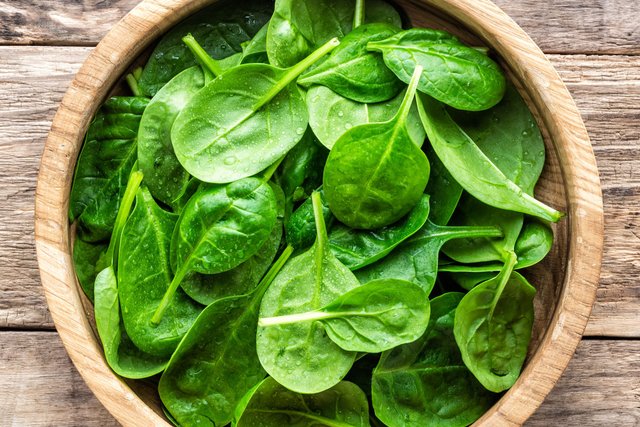
Who has never heard of spinach, a leafy green vegetable? It is readily accessible, loaded with vitamins A, C, and K, and, like all leafy greens, is a fantastic source of fiber.
Spinach has a high oxalate content, just as Swiss chard, beet greens, and other vegetables. It's best to swap spinach for a lower-oxalate green like watercress or kale if you have a history of calcium oxalate kidney stones.
Additionally, the thylakoids found in spinach have the ability to reduce appetite. Additionally, spinach contains a lot of lutein and zeaxanthin, two carotenoids that may protect against cataracts and age-related macular degeneration (AMD), both of which are significant causes of vision loss.
4- Beet Greens has 87% nutrient density
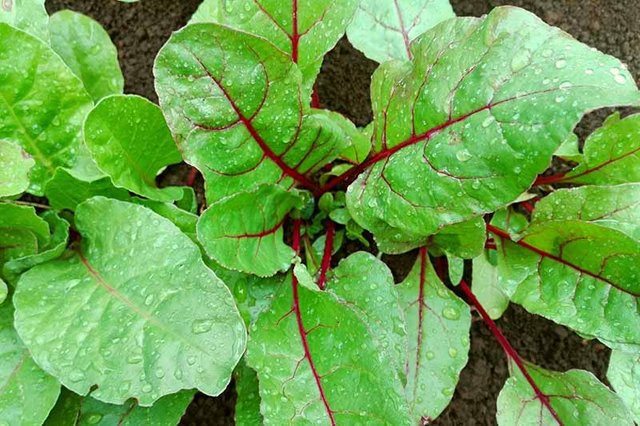
The leaves of beets, a vibrant root vegetable that grows underground, are known as beet greens. In terms of flavor and texture, beet greens are similar to spinach, although they have a stronger flavor. These leafy greens can be eaten cooked or raw in salads, just like spinach, Swiss chard, or other leafy greens. However, they have a high oxalate level, similar to Swiss chard, so it is preferable to prepare them to lower their oxalate content.
Eat cooked or steamed beet greens that have been dressed with olive oil, vinegar, or lemon juice. They can also be sautéed with onions and garlic to make a tasty side dish for your supper.
How come beet greens are so nutrient-rich? You get a good dosage of vitamins A and C with every meal, but they also have substantial amounts of minerals like iron and zinc.
3- Swiss chard has 89% nutrient density
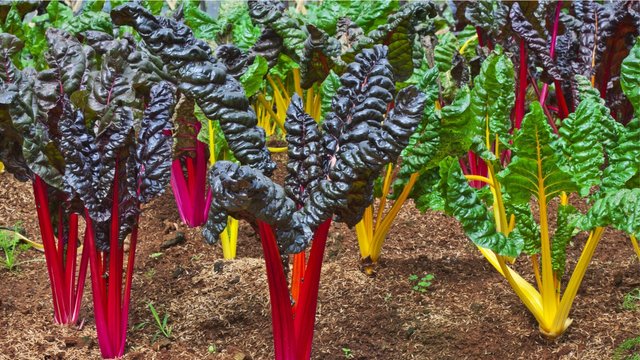
The leafy green vegetable Swiss chard, commonly referred to as leaf beet, is in the same family as beets. Its leaves have a mild flavor similar to spinach, however they are a little bit harder and soften when cooked. Despite having less vitamin C per calorie than the top two vegetables with the greatest nutrients, watercress and Chinese cabbage, Swiss chard is a good source of vitamin K.
The high oxalates content of Swiss chard is one drawback. Swiss chard should be avoided if you have a history of kidney stones made of calcium oxalate because it can raise the level of oxalates in your urine and increase the likelihood that kidney stones will form. Oxalates are reduced but not entirely removed when Swiss chard is cooked.
Want to prepare it quickly? In order to wilt Swiss chard, try sautéing it in olive oil (about 5 minutes). Before serving, season with salt and pepper to taste.
2- Chinese Cabbage has 92% nutrient density
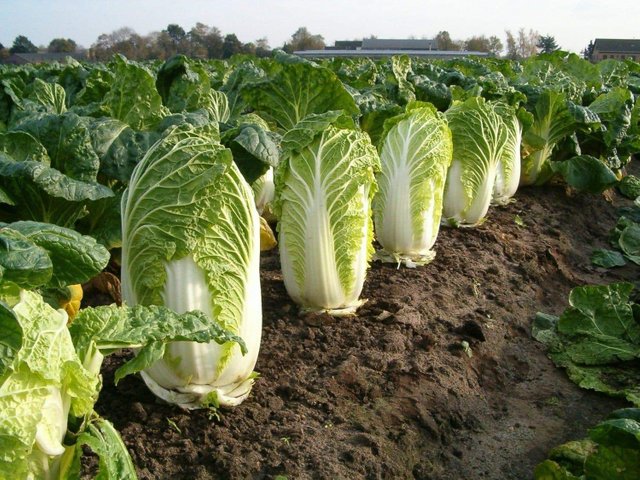
The Brassica family includes Chinese cabbage, often known as Napa cabbage. Long, light green leaves with white ribs and a pleasant flavor characterize this leafy green vegetable. It is a cruciferous vegetable, comparable to watercress and broccoli, and as such, contains compounds that are being researched for potential anti-cancer properties.
You might be surprised to learn that Chinese cabbage contains more nutrients than conventional cabbage, including higher amounts of the B vitamins folate and vitamins C and K. Additionally, it has a variety of antioxidants with anti-inflammatory properties and only 9 calories per cup.
Enjoy Chinese cabbage raw in salads and sandwiches to receive the maximum vitamin C. Add the chopped leaves or ribs to stir-fries with other Asian ingredients if you want it cooked. Garlic and ginger are frequently used as a base in stir-fry recipes, and their mild flavor complements Chinese cabbage well. For protein, include tofu, chicken, or shrimp.
1- Watercress has a 100% nutrient density rating
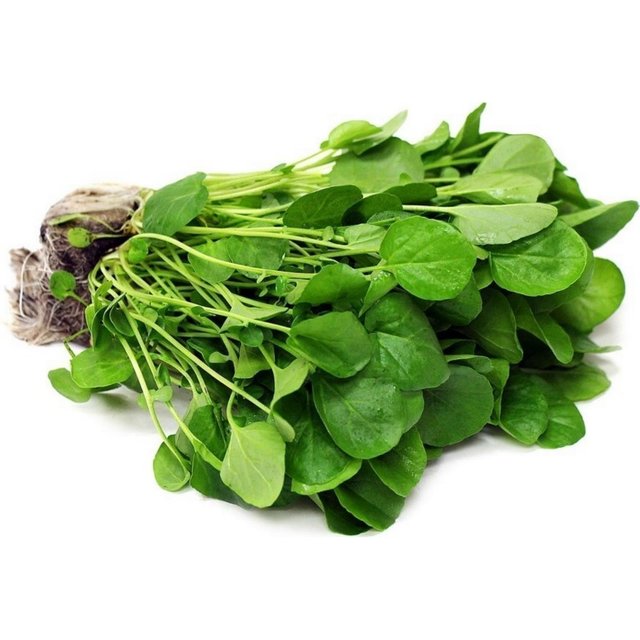
According to ANDI standards, watercress is the most nutrient-dense vegetable per calorie. The peppery flavor of watercress, a dark green, leafy vegetable that grows in chilly, clear streams and rivers, is delicious both raw and cooked. However, if you eat this leafy green raw, you'll keep more of its vitamin C. Salads, wraps, and sandwiches are made spicier with watercress. In addition to vitamin C, watercress is a good source of beta-carotene, a precursor to vitamin A and an antioxidant and anti-inflammatory, as well as vitamin K, which is crucial for blood clotting and bone density.
The antioxidants in watercress, such as phenylethyl isothiocyanate, are much more intriguing (PEITC). According to one study, the antioxidants in watercress prevent DNA, the genetic substance of a cell, from being damaged. The study's findings were particularly obvious in smokers. Watercress is a healthy addition to your diet, even if more research is needed to see whether it can combat cancer.
The list is dominated by leafy greens
You could have detected a pattern. The foods that are most nutrient-dense per calorie are leafy greens. Leafy greens also have the advantage of being rich in natural nitrates, which enhance the production of nitric oxide, a gas that helps to dilate blood vessels. Another good reason to include more greens on your diet is the improvement of endothelial function, which decreases blood pressure and the danger of blood clots.
the conclusion
In terms of ANDI ratings, leafy greens are in first place because they are nutrient-rich and low in calories. To maintain good health, it's a good idea to eat a variety of non-starchy vegetables and fruits. Almost all are rich in potassium, an electrolyte and mineral that helps decrease blood pressure. Fill your shopping basket with produce in every color of the rainbow, but don't forget to include these five vegetables, as they have the highest ANDI rankings.